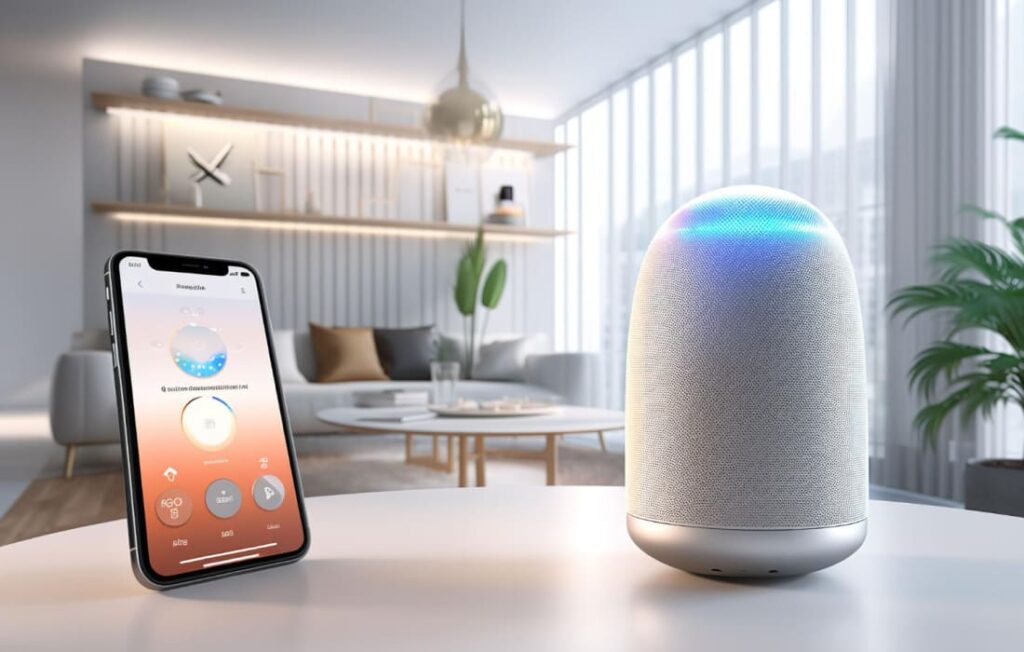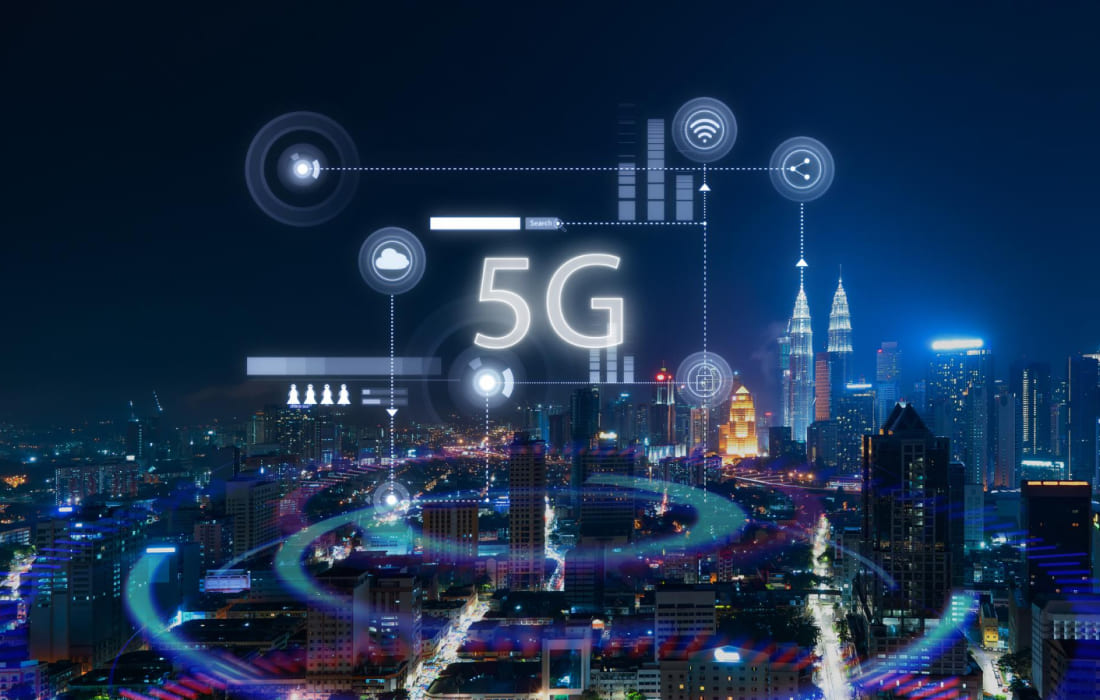Smart home devices are reshaping how we live, blending technology with everyday tasks to create seamless, efficient, and secure lifestyles. From controlling lights with a voice command to monitoring your home remotely, these gadgets offer unparalleled convenience. As smart home technology trends globally, platforms like GTPulse highlight their transformative impact. This article explores how smart home devices elevate daily living, making homes smarter and lives easier.

What Are Smart Home Devices?
Smart home devices are internet-connected gadgets that automate and enhance home functions. Think smart thermostats, security cameras, and voice-activated assistants like Amazon Alexa. These devices integrate with apps or hubs, allowing remote control and customization. According to a 2024 Statista report, the global smart home market is projected to reach $150 billion by 2025, reflecting their growing popularity.
Why do they matter? They save time, reduce energy costs, and boost security, aligning with modern demands for efficiency and connectivity.
Convenience at Your Fingertips
Imagine adjusting your home’s lighting or temperature without leaving the couch. Smart home devices make this a reality. Smart plugs, like the TP-Link Kasa, let you control appliances via smartphone apps. Forgot to turn off the coffee maker? A quick tap on your phone solves it.
Voice assistants, such as Google Home, streamline tasks further. You can set reminders, play music, or order groceries hands-free. These gadgets simplify routines, freeing up time for what matters most—whether it’s family time or pursuing hobbies.
Energy Efficiency for a Greener Home
Smart home devices promote sustainability by optimizing energy use. Smart thermostats, like the Nest Learning Thermostat, learn your schedule and adjust temperatures to save energy. A U.S. Department of Energy study notes that smart thermostats can reduce heating and cooling costs by up to 10%.
Smart lighting systems, such as Philips Hue, allow you to schedule lights or dim them remotely, cutting electricity waste. By embracing these devices, you contribute to a greener planet while lowering utility bills—a win-win for your wallet and the environment.
Enhanced Security for Peace of Mind
Home security is a top priority, and smart devices deliver robust solutions. Smart doorbells, like Ring, offer real-time video feeds and motion alerts, letting you monitor your doorstep from anywhere. Smart locks, such as August Wi-Fi Smart Lock, enable keyless entry and remote access for trusted guests.
These devices integrate with apps to send instant notifications if something’s amiss. For instance, a smart camera can alert you to unexpected activity, ensuring peace of mind whether you’re at work or on vacation. With FBI crime statistics showing a rise in property crimes, smart security systems are a timely investment.
Personalizing Your Living Space
Smart home devices let you tailor your environment to your preferences. Smart blinds, like those from Somfy, adjust automatically based on sunlight, keeping your home cool and comfortable. Multi-room audio systems, such as Sonos, sync music across rooms for immersive experiences.
Want a cozy movie night? Program your smart lights to dim and your smart TV to launch Netflix with one command. This level of personalization transforms your home into a sanctuary that adapts to your mood and lifestyle.
Overcoming Common Concerns
Some hesitate to adopt smart home technology due to cost or complexity. However, many devices, like Wyze cameras, are budget-friendly and easy to install. Setup often requires just a smartphone and Wi-Fi, with user-friendly apps guiding the process.
Privacy is another concern. Reputable brands like Amazon and Google prioritize data encryption and offer privacy settings. To stay informed, check resources like Consumer Reports’ privacy guides. With minimal effort, you can enjoy smart home benefits worry-free.
The Future of Smart Living
The smart home revolution is just beginning. Emerging trends, like AI-powered home assistants and 5G connectivity, promise even smarter homes. Platforms like GTPulse keep you updated on these innovations, ensuring you stay ahead of the curve.
Ready to transform your home? Start small with a smart plug or bulb, then expand as you discover what works for you. Visit GTPulse’s Gadget Zone for reviews and tips on the latest smart home devices.

